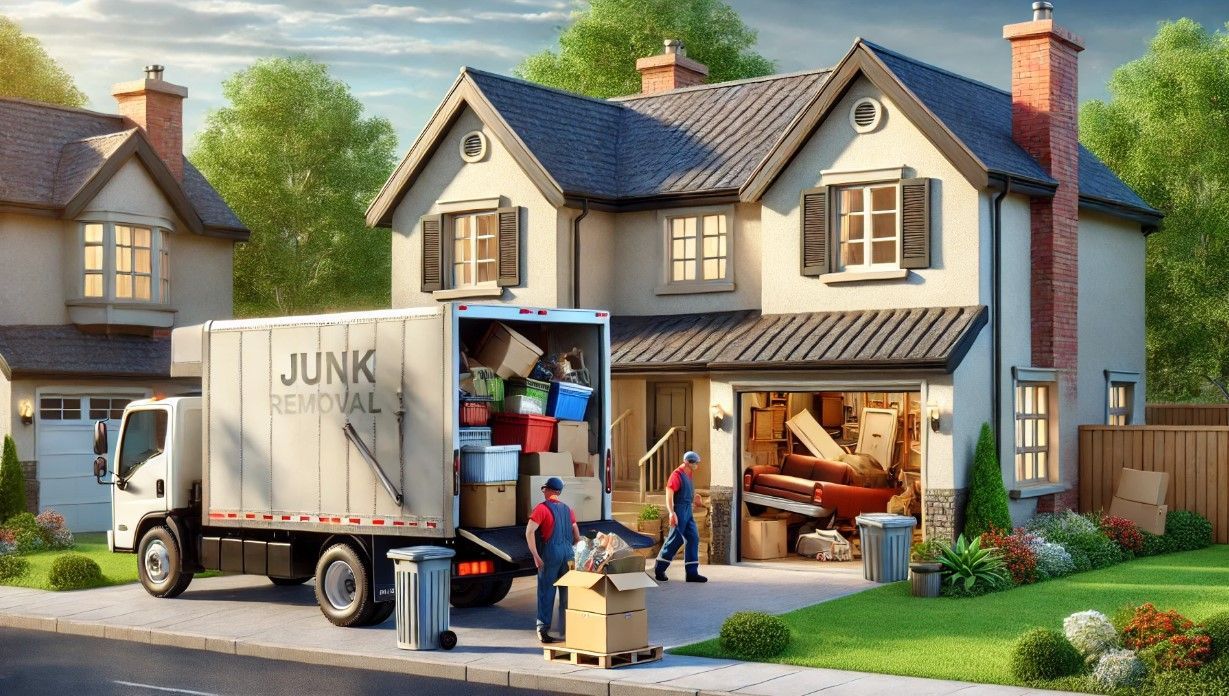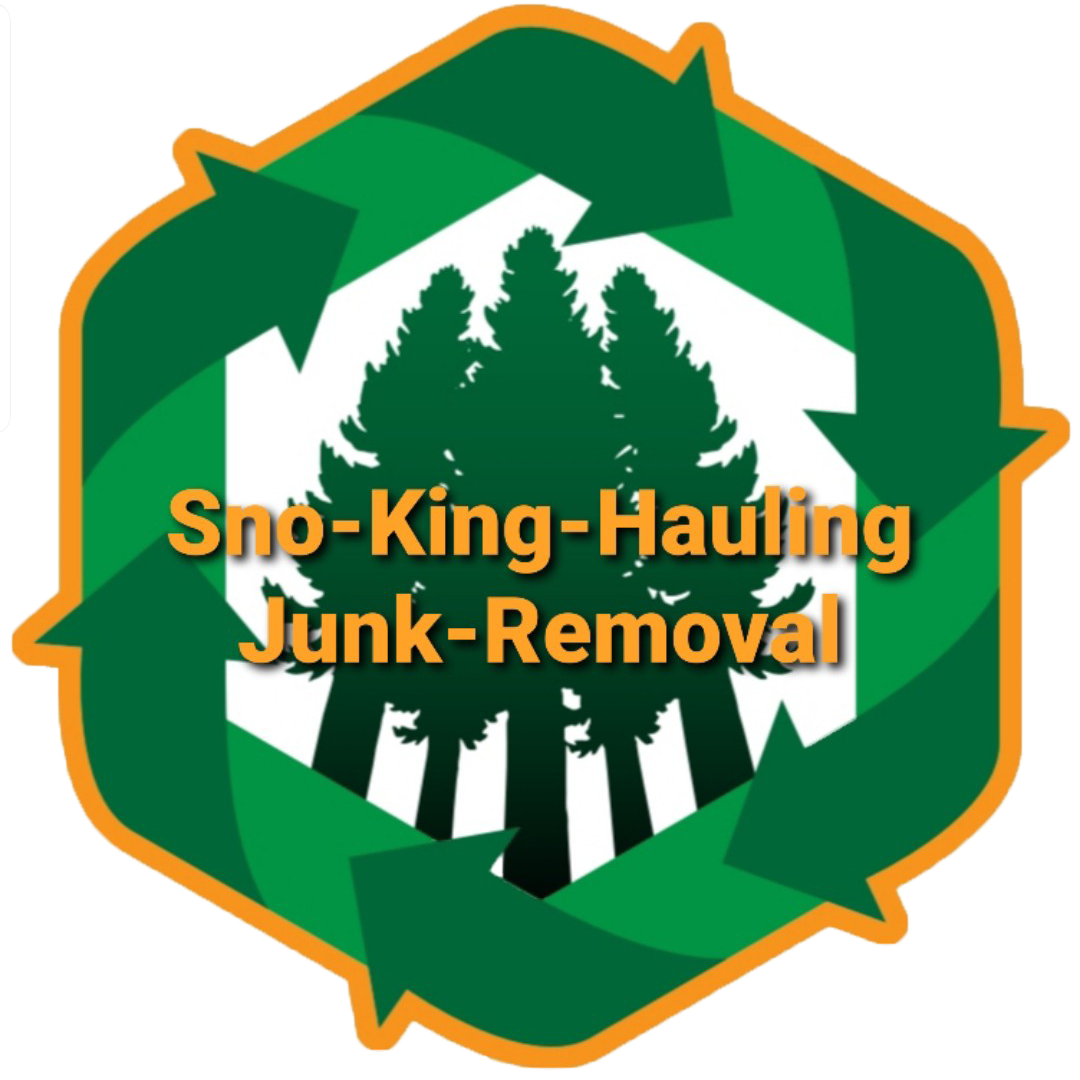
Basement Junk Removal: A Comprehensive Guide to Declutter and Organize
If your basement is filled with old furniture, broken appliances, and boxes of forgotten items, you're not alone. Many homeowners struggle with basement clutter. But there’s good news—removing junk from your basement can transform it into a functional, organized space. In this guide, we'll walk you through the steps of basement junk removal and provide helpful tips for maintaining a clutter-free basement.
Why Is Basement Junk Removal Important?
A cluttered basement isn’t just an eyesore; it can also pose safety hazards and reduce your home’s value. Here’s why basement junk removal should be a priority:
- Safety Concerns: Piles of clutter can create tripping hazards and block emergency exits.
- Pest Control: Basements with excessive clutter are ideal hiding spots for pests like rodents and insects.
- Improved Air Quality: Mold and mildew thrive in damp, cluttered environments. Clearing out junk can help improve air circulation and reduce allergens.
- Maximized Space: Removing unnecessary items can free up space for new uses, such as a home gym, office, or playroom.
Steps to Efficient Basement Junk Removal
Taking on the task of cleaning out your basement can be overwhelming, but breaking it down into manageable steps can make the process more straightforward.
1. Create a Plan
Start by creating a plan. This involves assessing what type of junk is in your basement and deciding what you want to keep, donate, sell, or throw away. Categorize your items into:
- Keep: Items that are useful and in good condition.
- Donate or Sell: Items that are still in good shape but no longer needed.
- Dispose: Broken, outdated, or irreparable items.
2. Gather Supplies
Before you begin, gather the supplies you'll need for the job. This includes:
- Garbage bags and boxes: For sorting items.
- Cleaning supplies: Such as brooms, mops, and disinfectants.
- Protective gear: Gloves, masks, and safety glasses, especially if you'll be handling dust or mold.
- Labeling tools: Markers and labels to categorize boxes.
3. Start Sorting
Begin by sorting items into your predetermined categories. Start from one corner of the basement and work your way around to avoid feeling overwhelmed. Use boxes and bags to separate items. Label everything clearly to stay organized.
4. Dispose of Junk Responsibly
Disposing of junk responsibly is crucial. Here's how you can handle different types of items:
- Recycle: Electronics, metals, and plastics can often be recycled. Check with your local recycling center for specific guidelines.
- Donation: Gently used items like clothing, books, and furniture can be donated to charities.
- Hazardous Waste: Items like batteries, paint, and chemicals need to be disposed of properly at designated facilities.
5. Clean and Organize
Once you've removed all the junk, clean the space thoroughly. Sweep and mop the floors, dust surfaces, and consider using a dehumidifier to reduce moisture. After cleaning, organize the remaining items in a way that makes them easily accessible. Consider using shelves, storage bins, and labels to keep everything in order.
Tips for Maintaining a Clutter-Free Basement
- Regular Decluttering: Schedule regular decluttering sessions every few months to prevent buildup.
- Organized Storage: Use clear plastic bins for storage to see what’s inside without having to open them.
- Avoid Keeping Unused Items: If you haven't used an item in the past year, consider whether it's worth keeping.
- Repurpose and Recycle: Find creative ways to repurpose old items or recycle them instead of letting them gather dust.
FAQs About Basement Junk Removal
1. How often should I declutter my basement?
It’s a good idea to declutter your basement at least once a year. However, scheduling smaller cleanups every few months can help prevent excessive buildup and make the task less daunting.
2. Can I remove junk myself, or should I hire a professional service?
You can certainly remove junk yourself if you're up for the task and have the necessary tools and time. However, professional junk removal services can save time and handle larger or hazardous items more safely.
3. What should I do with items that are still in good condition?
Items in good condition can be sold online or donated to local charities. This not only helps reduce waste but also supports those in need.
4. Are there items that I cannot throw in the trash?
Yes, items like electronics, batteries, paints, and chemicals are considered hazardous and should not be thrown in the trash. Check with your local waste management service for proper disposal methods.
Organizing Your Basement: A Handy Table
| Category | Items to Include | Suggested Storage Solutions |
|---|---|---|
| Seasonal Items | Holiday decorations, seasonal clothing | Clear plastic bins, labeled |
| Tools and Equipment | Power tools, gardening equipment | Shelving units, pegboards |
| Memorabilia | Photos, keepsakes | Acid-free boxes, photo albums |
| Recreational Gear | Sports equipment, camping gear | Hooks, wall-mounted racks |
Encourage Reader Interaction
Are you planning to tackle your basement junk removal soon? Share your tips and experiences in the comments below! And if you found this guide helpful, don’t forget to share it with friends and family who might benefit from it too!
Furniture Removal
- Couch Removal
- Furniture Removal
- Mattress Removal
- Bed Removal
- Futon Removal
- Box Spring Removal
- Couch Removal
- Sofa Removal
- Love Seat Removal
- Sectional Removal
- Table Removal
- Chair Removal
- Office Furniture Removal
- Bulk Item Pickup
Appliance Removal
- Refrigerator Removal
- Appliance Removal
- Stove Removal
- Range Removal
- Microwave Removal
- Oven Removal
- Freezer Removal
- Dishwasher Removal
- Washer Removal
- Dryer Removal
Other Services
- Hot tub Junk Removal
- Dumpster Rentals
- Shed Junk Removal
- Hoarder house Cleanouts
- House Junk Removal
- Construction Waste Removal
- Garage Cleanouts
- Foreclosure Clear outs
- Eviction Clean outs
- Apartment Cleanouts
- Property Clean outs
- Estate Clean outs
- Hoarding Clean outs
- Yard Waste Removal
- Storage Unit Cleanouts
- Warehouse Cleanouts
- Commercial Junk Removal
OUR SERVICES AND AREAS
- Everett, WA
- Seattle, WA
- Marysville, WA
- Snohomish, WA
- Arlington, WA
- Mukilteo, WA
- Monroe, WA
- Granite Falls, WA
- Bothell, WA
- Whidbey Island, WA
- Stanwood, WA
- Edmonds, WA
